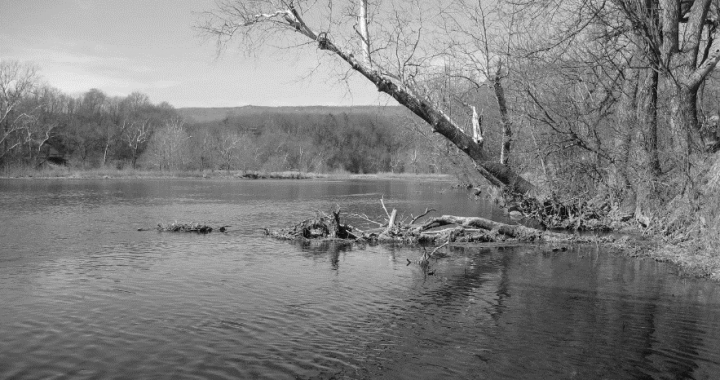In 1972, the CSPDC undertook a regional water, sewer, and solid waste inventory and plan that revealed various levels of inadequacies in the present and future abilities of jurisdictions in the region to provide services. Many of the jurisdictions lacked the financial resources to upgrade existing systems and provide for future needs. Also, in 1972, the Environmental Protection Agency (EPA) required a detailed Water Quality Management Plan which resulted in even more comprehensive analysis and planning for the District. These early planning efforts by the CSPDC helped our jurisdictions with decision-making tools and identification of resources to protect and preserve and shape the development of the region. Since then, the CSPDC has continued to provide environmental planning services to the region to improve the quality of life for its citizens.
During Fiscal Year 1997, the CSPDC was involved with two significant regional environmental projects which encouraged local participation. The first project was the Wellhead Protection Program, where the CSPDC received a grant from the EPA through the VA Department of Environmental Quality (DEQ) to develop the program, evaluate regional groundwater assets and vulnerability, provide models for wellhead protection strategies, and more.
The second project was the Potomac Tributary Strategy for the Southern Shenandoah Region, where the CSPDC facilitated a regional response to the Virginia Nutrient Reduction Strategy for the Southern Shenandoah Basin. The strategy was developed as a result of the 1987 Chesapeake Bay Act which included a commitment to reduce loads of phosphorus and nitrogen entering the Bay by 40% by 2000.
In 2018, DEQ began phase III of the Chesapeake Bay Watershed Implementation Plan (WIP III). Virginia is required to submit a plan to EPA that ensures pollution control measures needed to fully restore the Bay are in place no later than 2025. DEQ contracted with the CSPDC, and other Bay PDCs across the state, to work with localities and stakeholders in the region with identifying Best Management Practices (BMPs) and programmatic actions, and explore ways to implement BMPs.
